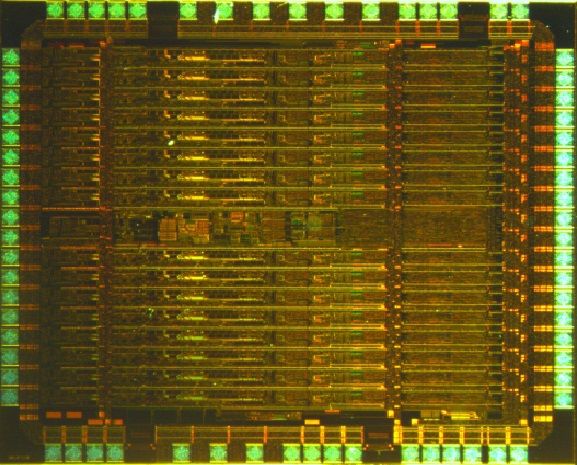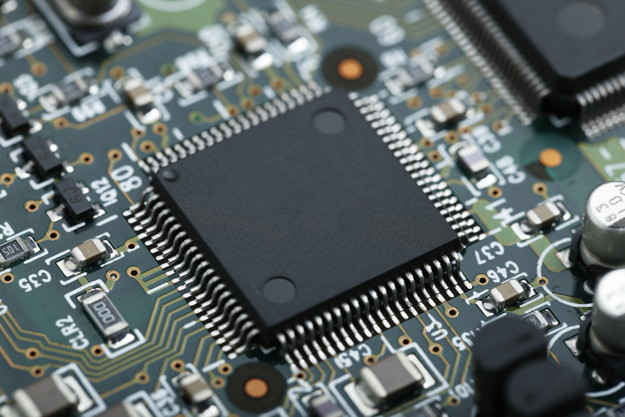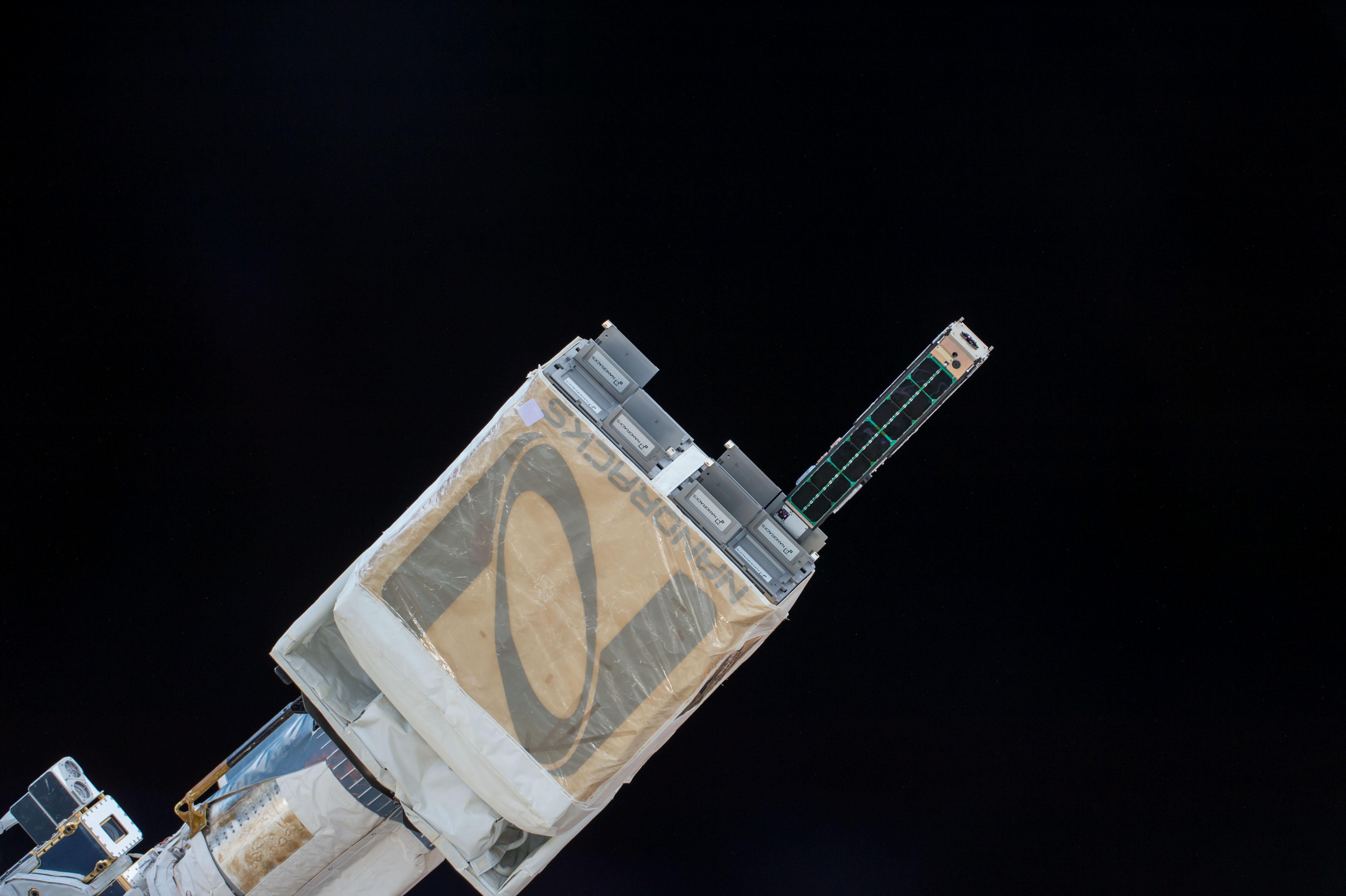Technological developments at the ICCUB are made either by scientific staff associated to a given technology-based project, or by the Technology Unit which is the ICCUB service unit specialized in instrumentation, electronics, software engineering and computer science.
Positron Emission Tomography (PET)
PET is a well-established nuclear medicine technique for visualization and quantification of metabolism and different biological processes at the cellular level. PET requires fast and efficient detectors coupled to fast readout electronics for technological implementation. The ICCUB engineers in collaboration with other institutions have designed several ASICs that can be employed in PET medical imaging applications, but also in particle detectors and LIDAR. The group is constantly working on this field towards better time resolution that would eventually enable reconstruction-less TOF-PET.

MATRIX ASIC family
Design and implementation of 10-ps TDC ASIC in a 180 nm technology. The novel architecture of the chip provides high Time-of-Arrival (ToA) resolution with 50 MHz conversion rate keeping power consumption as low as ~10 mW per channel. There are two different versions: the first has 4 differential channels and measures ToA of the input signals, while the second has 16 single-ended inputs and measures ToA and Time-over-Threshold (ToT) of the input signals

Nanosatellites
Design and implementation of a high-performance multipurpose platform for cubesats that can be adapted to different commercial and scientific uses. It provides a robust on-board computer with redundancy to control the spacecraft state and telecommands, a versatile software-defined radio based on a high end FPGA SoC providing high-speed downlink capabilities, a powerful on-board data handling system, and an efficient on-ground telecommand and basic data handling framework. This solution will push the cubesat concept to its limits, achieving performances for which larger-sized missions would otherwise be required.

Data compression
The Gaia Optimum Compression Algorithm (GOCA) ESA TRP study led to the conception of PEC and its adaptive version FAPEC (Fully Adaptive Prediction Error Coder), an efficient entropy coding algorithm providing compression efficiencies often better than an ideal Huffman coder. FAPEC was patented and transferred to DAPCOM, a spin-off company participated by the UB and UPC. This solution has many applications, such as data compression onboard satellites or drones, massive data compression for genomics, geosciences, astronomical observatories or high-performance computing systems. FAPEC has evolved into a versatile data compression framework that can be extended with tailored decorrelation algorithms to better adapt to specific types of data. Since 2017, FAPEC is being used onboard a satellite constellation for Earth Observation.
